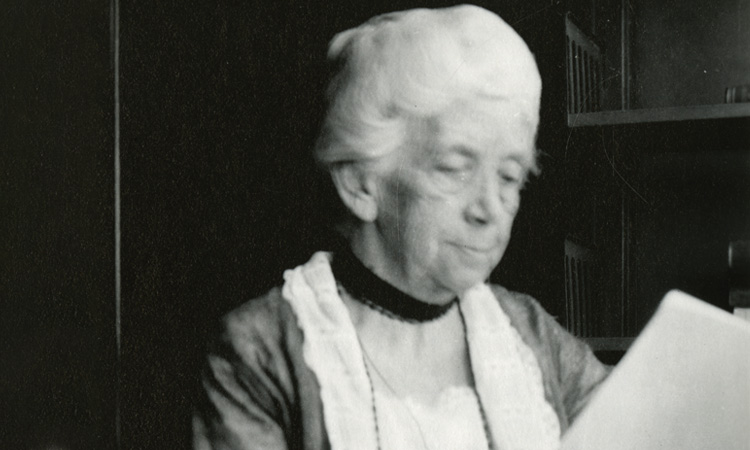Feature
An Early Start for Women in Optics
A look at nine pathbreaking women who joined the Optical Society of America in its first decade.
 Christine Ladd-Franklin. [Courtesy of Smithsonian Institution Archives]
Christine Ladd-Franklin. [Courtesy of Smithsonian Institution Archives]
In 1919, three years after its founding, the Optical Society of America (OSA; now Optica) admitted its first woman member. Then 71 years old, Christine Ladd-Franklin—OSA member 118—had published her first paper on vision in 1892. In the years leading up to the society’s 10th anniversary in 1926, eight other women members followed, all at least a generation younger than Ladd-Franklin.
…Log in or become a member to view the full text of this article.
This article may be available for purchase via the search at Optica Publishing Group.
Optica Members get the full text of Optics & Photonics News, plus a variety of other member benefits.
